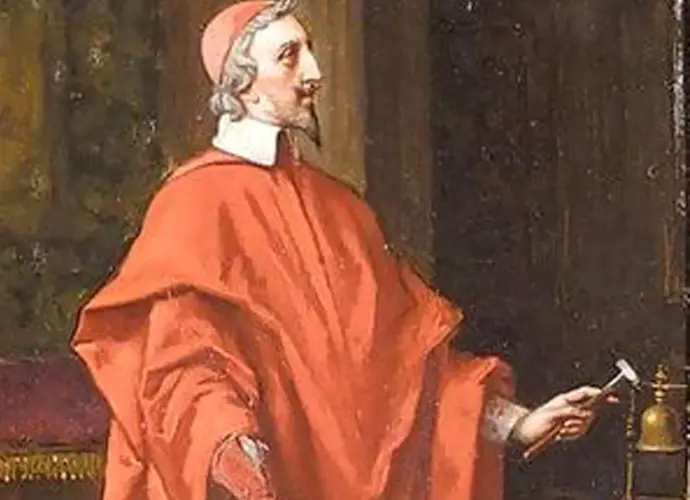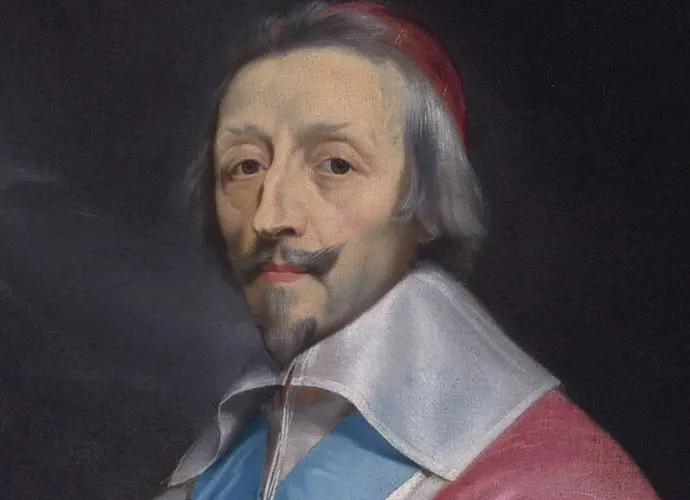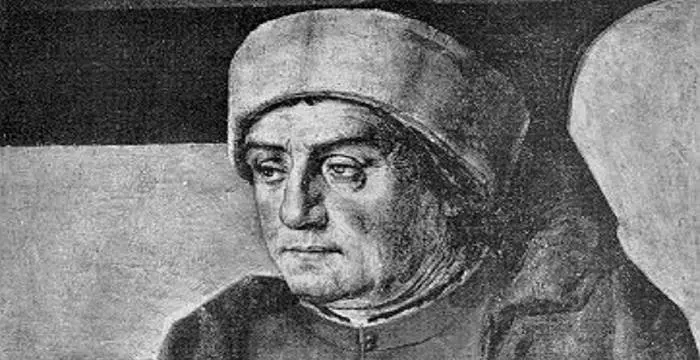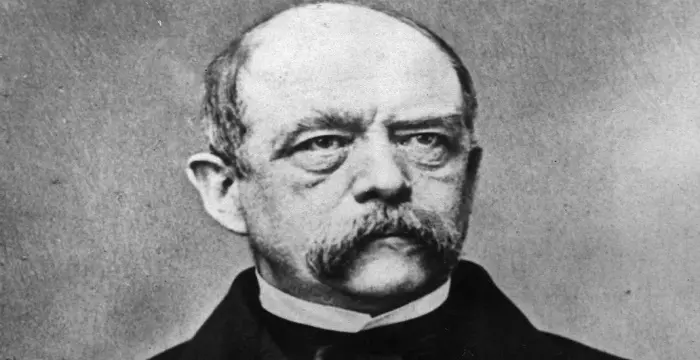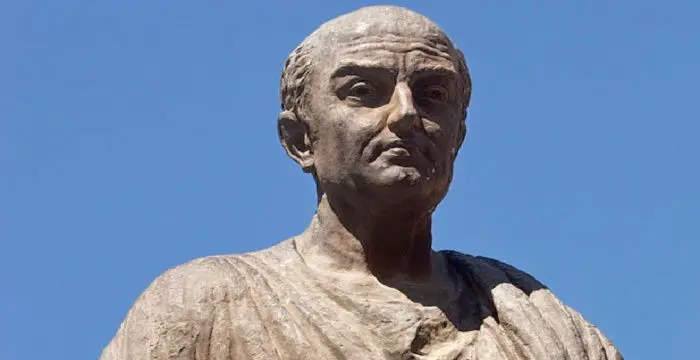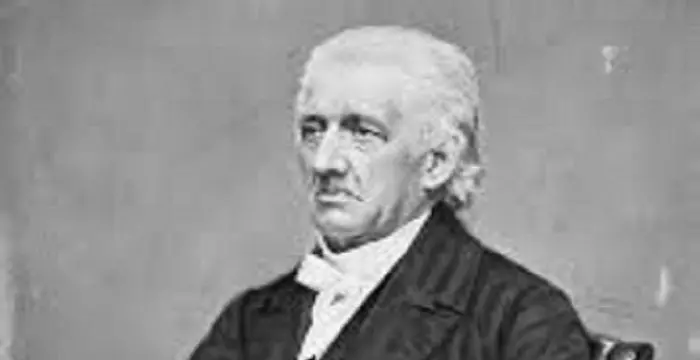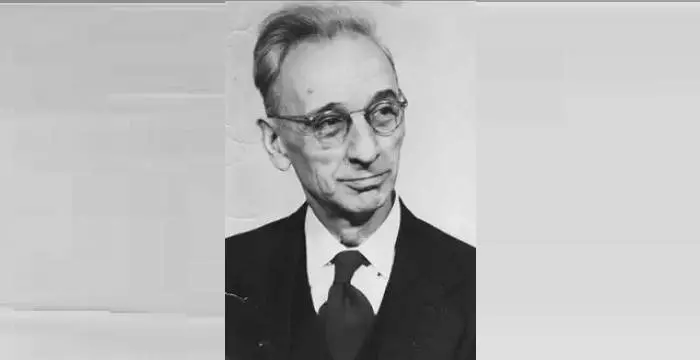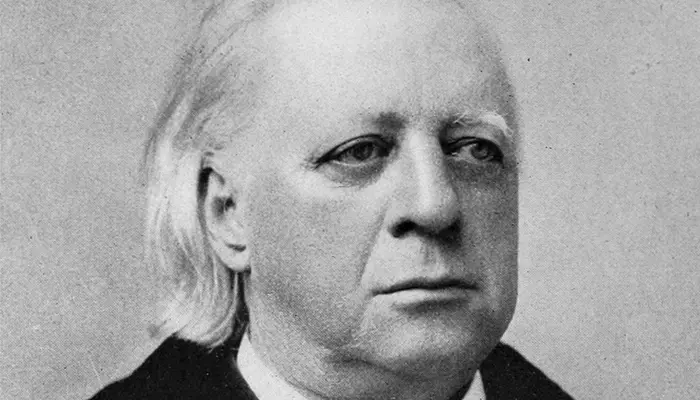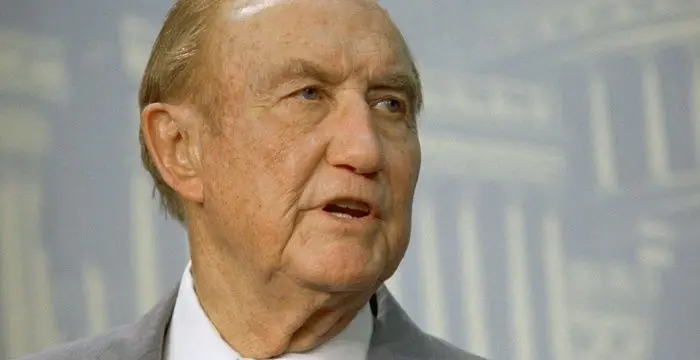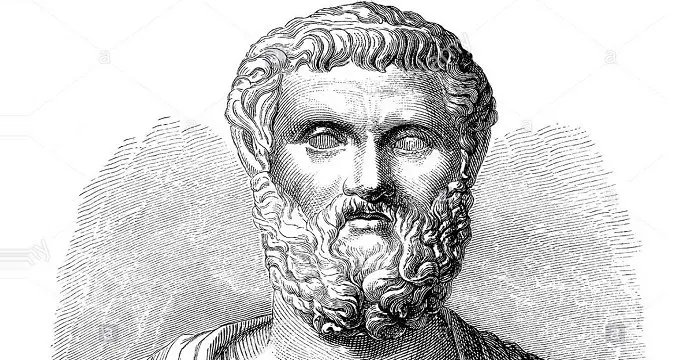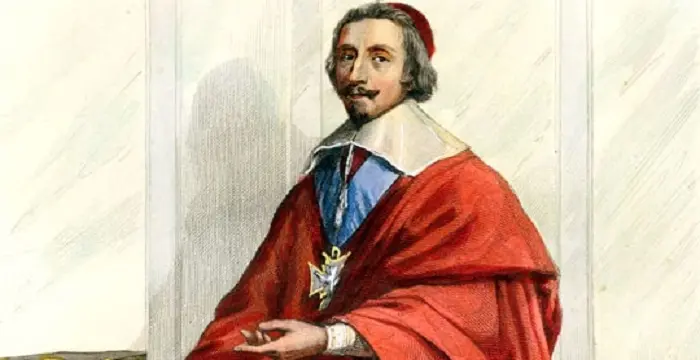
Cardinal Richelieu - Noble, Timeline and Childhood
Cardinal Richelieu's Personal Details
Armand Jean du Plessis, commonly known as Cardinal Richelieu, was a French noble, statesman and clergyman
| Information | Detail |
|---|---|
| Birthday | September 9, 1585 |
| Died on | December 4, 1642 |
| Nationality | French |
| Famous | Leaders, Political Leaders, Clergyman, Noble, Statesman |
| Known as | Armand Jean du Plessis, Cardinal Richelieu |
| Universities |
|
| Founder / Co-Founder |
|
| Cause of death |
|
| Birth Place | Paris |
| Religion | Catholicism |
| Gender | Male |
| Sun Sign | Virgo |
| Born in | Paris |
| Famous as | French Clergyman, Noble and Statesman |
| Died at Age | 57 |
Cardinal Richelieu's photo
Who is Cardinal Richelieu?
Armand Jean du Plessis, commonly known as Cardinal Richelieu, was a French noble, statesman and clergyman. Often referred as the ‘l'Éminence rouge’ or the ‘Red Eminence’, he remained a bishop and the foreign secretary of France before rising to power as the chief minister in the regency of King Louis XIII. He sought to eliminate royal factions and aided for consolidation of regal power. He successfully reformed the country into a powerful centralised state by restricting the power of the nobles. He strengthened the army and the navy, made sure that France held a dominating position in the ‘Thirty Years’ War’ in Europe and resorted to restrict the power of the Habsburg dynasty. He aided in establishing French colonies. While a devoted cardinal, he never backed off in tying up with Protestant rulers to reach his objective. He faced several challenges as the chief minister including ‘Day of the Dupes’, a conspiracy of the King’s mother Marie de Medici, but was triumphant as he took the King into confidence. His was also a great patron of arts.
// Famous Statesman
Anicius Manlius Severinus Boethius
Boethius was an early 6th century Roman senator and philosopher best known for his treatise ‘Consolation of Philosophy’. This biography of Boethius provides detailed information about his childhood, life, achievements, works & timeline.
Otto von Bismarck
Otto von Bismarck served as the Chancellor of Germany and the Prime Minister of Prussia. He unified the German states into a powerful German empire. This biography profiles his childhood, political career, life, achievements and timeline.
Lucius Annaeus Seneca
Lucius Annaeus Seneca, commonly known as Seneca, was a Roman philosopher and statesman. This biography profiles his childhood, life, career, works, achievements & timeline.
Childhood & Early Life
Cardinal Richelieu was born as Armand du Plessis on September 9, 1585 in the family of François du Plessis, seigneur de Richelieu and Suzanne de la Porte. He was fragile and frequently fell sick since his childhood throughout his life.
His father, a courtier and a soldier, served as the grand provost or the chief magistrate under Henry III. His maternal grandfather was a councillor of the Parliament of Paris.
His father died fighting the ‘French Wars of Religion’ when he was five years old. The family faced financial crisis which was overcome through royal aids.
At 9, he attended the ‘College of Navarre’ in Paris and studied philosophy following which he took training for a career in military. In 1605, he suffered from gonorrhoea.
His family was made the bishopric of Lucon by King Henry III in recognition to his father’s service in the ‘French Wars of Religion’. The clergymen wanted the revenue thus received be used for ecclesiastical purposes. Thus to protect the revenue, his mother proposed his brother Alphonse be made the bishop of Lucan. However, his brother’s disinclination made him fill up the clergy.
In 1606, he was nominated by King Henry IV for the position of Bishop of Lucon but as he was short of the required age he travelled Rome to receive special dispensation from the Pope.
In April 1607, he was consecrated bishop and in 1608 he became a reformer in his diocese. He was instrumental in implementing institutional reforms mentioned by the ‘Council of Trent’ during 1545-63, thus becoming the first ever French Bishop to do so.
Career
After the assassination of King Henry IV in 1610, the government under queen mother Marie de Medici as regent for her son King Louis XIII went through a tumultuous phase. The system became corrupt erupting self-interest and escalating royal factions and revolt.
Bishop Richelieu’s roles as an intermediary led him represent the clergy of Poitou in the meetings of ‘Estates General’ in 1614. He faced major opposition from the ‘Third Estate’ comprising the commoners on the matter of interrelationship between the papacy and the crown. He was instrumental in convincing the ‘Third Estate’ that the conventions of the ‘Council of Trent’ should be established.
He eventually became the chaplain of the Queen Anne of Austria, wife of Louis and in 1616 he was inducted as ‘Secretary of State’.
Marie de Medici along with Concino Concini continued to govern even after Louis XIII came of age. Her poor judgement along with Concini’s dominance over the royal council and court compounded the regal weakness and resurgence of revolt and instability in regency.
In 1617, King Louis XIII, who had already achieved legal majority few years back took control over the regal authority dominated by Marie and Concini through veritable coup d'état. It resulted in reversing the pro-Habsburg policy, arrest of Marie and her exile to the Château de Blois. On April 24, Charles d’Albert de Luynes, one of Louis’s favourites assassinated Concini.
Cardinal Richelieu was dismissed from his post and in 1618 he was banished to Avignon. During his stay there he penned down a catechetical composition, ‘L'Instruction du chrétien’.
He was subsequently successful in reconciling Marie and Louis after her escape from exile and subsequent revolt against the king. The ‘Treaty of Angoulême’ was formalised and later Marie was brought back at the royal council.
In 1621, he rose to power following the death of Charles d’Albert de Luynes. On April 19, 1622 following the King’s recommendation, the Pope Gregory XV granted Richelieu cardinality.
He went on to become the main guiding force of Louis and in April 29, 1624, he was inducted in the royal council of ministers. He plotted against the then chief minister Charles, duc de La Vieuville who was eventually arrested on corruption charges on August 12 and on the very next day Richelieu took over the position.
He worked towards restricting the power of the Habsburg dynasty. Although a devoted cardinal he aided Protestant Swiss canton of Grisons to counteract Spanish dominancy in Valtellina, Italy.
He sought to eliminate royal factions by clipping defences of princes and lesser aristocrats. He favoured centralisation of power in the country by restricting the power of the nobles and abolishing the position of ‘Constable of France’ in 1626.
In 1627, he ordered the army to besiege La Rochelle, controlled by Huguenot rebels who were aided by King Charles I of England. Finally, it capitulated to France in 1628.
Marie conspired against Richelieu along with her son Gaston to remove him as chief minister. She planned a coup on a day of November 1630, referred as ‘Day of Dupes’ but was dramatically beaten by Richelieu who at the end won the King’s confidence. Marie was sent in exile to Compiègne but she continued to conspire against Richelieu but remained unsuccessful every time.
He combated his opposition ruthlessly including order of execution of Henri, duc de Montmorency in 1632. He formed a network of spies across France and other European countries to safeguard his political position.
He strengthened the army and the navy, made sure that France holds a dominating position in the ‘Thirty Years’ War’ in Europe. He levied ‘taille’ or land tax and ‘gabelle’ or salt tax to raise funds for the army. Most of it fell on the poor who raised a revolt during 1636 – 1639 but was overpowered by Richelieu violently.
He was successful in converting the ‘Thirty Years’ War’ from a dispute between Catholics and Protestants to that between nationalism and Habsburg hegemony following the defeat of Habsburg.
He helped in establishing French colonies in New France including ‘Compagnie de la Nouvelle France’ and encouraged integration of the natives in the colonial society. The 1627 Ordinance was issued enabling Indians to convert as Catholics thus becoming ‘natural Frenchmen’. .
At later stage of his life he became a target of several plots including that of his protégée Henri Coiffier de Ruzé, marquis de Cinq-Mars. Finally Cinq-Mars was arrested and executed.
His patronage in arts was profound starting from rebuilding the Sorbonne and constructing its chapel in Paris to aiding prospective writers to founding the ‘Académie Française’.
Personal Life & Legacy
He died on December 4, 1642 after suffering from several ailments. He was buried at the church of the Sorbonne.
His corpse was taken out at the time of French Revolution when his mummified head was stolen. In 1796, it was found in the possession of Nicholas Armez of Brittany who exhibited it occasionally. In 1866, Napoleon III convinced Nicholas Armez’s nephew, Louis-Philippe Armez to hand it over to the government so that it can be kept with rest of the body.
// Famous Clergyman
Lyman Beecher
Lyman Beecher was an American Presbyterian clergyman, reformer and revivalist who co-founded the American Temperance Society. This biography of Lyman Beecher provides detailed information about her childhood, life, achievements, works & timeline
A. J. Muste
A. J. Muste was a well-known Dutch-born American clergyman, pacifist and political activist. This biography profiles his childhood, life, activities, achievements & timeline.
Henry Ward Beecher
Henry Ward Beecher was an American clergyman and influential social reformer, who staunchly supported abolition of slavery. This biography profiles his childhood, life, contributions, achievements and timeline.
Cardinal Richelieu biography timelines
- // 9th Sep 1585Cardinal Richelieu was born as Armand du Plessis on September 9, 1585 in the family of François du Plessis, seigneur de Richelieu and Suzanne de la Porte. He was fragile and frequently fell sick since his childhood throughout his life.
- // 1605At 9, he attended the ‘College of Navarre’ in Paris and studied philosophy following which he took training for a career in military. In 1605, he suffered from gonorrhoea.
- // 1606In 1606, he was nominated by King Henry IV for the position of Bishop of Lucon but as he was short of the required age he travelled Rome to receive special dispensation from the Pope.
- // 1610After the assassination of King Henry IV in 1610, the government under queen mother Marie de Medici as regent for her son King Louis XIII went through a tumultuous phase. The system became corrupt erupting self-interest and escalating royal factions and revolt.
- // 1614Bishop Richelieu’s roles as an intermediary led him represent the clergy of Poitou in the meetings of ‘Estates General’ in 1614. He faced major opposition from the ‘Third Estate’ comprising the commoners on the matter of interrelationship between the papacy and the crown. He was instrumental in convincing the ‘Third Estate’ that the conventions of the ‘Council of Trent’ should be established.
- // 1616He eventually became the chaplain of the Queen Anne of Austria, wife of Louis and in 1616 he was inducted as ‘Secretary of State’.
- // 1617In 1617, King Louis XIII, who had already achieved legal majority few years back took control over the regal authority dominated by Marie and Concini through veritable coup d'état. It resulted in reversing the pro-Habsburg policy, arrest of Marie and her exile to the Château de Blois. On April 24, Charles d’Albert de Luynes, one of Louis’s favourites assassinated Concini.
- // 1618Cardinal Richelieu was dismissed from his post and in 1618 he was banished to Avignon. During his stay there he penned down a catechetical composition, ‘L'Instruction du chrétien’.
- // 1621 To 19th Apr 1622In 1621, he rose to power following the death of Charles d’Albert de Luynes. On April 19, 1622 following the King’s recommendation, the Pope Gregory XV granted Richelieu cardinality.
- // 29th Apr 1624He went on to become the main guiding force of Louis and in April 29, 1624, he was inducted in the royal council of ministers. He plotted against the then chief minister Charles, duc de La Vieuville who was eventually arrested on corruption charges on August 12 and on the very next day Richelieu took over the position.
- // 1626He sought to eliminate royal factions by clipping defences of princes and lesser aristocrats. He favoured centralisation of power in the country by restricting the power of the nobles and abolishing the position of ‘Constable of France’ in 1626.
- // 1627 To 1628In 1627, he ordered the army to besiege La Rochelle, controlled by Huguenot rebels who were aided by King Charles I of England. Finally, it capitulated to France in 1628.
- // 1627He helped in establishing French colonies in New France including ‘Compagnie de la Nouvelle France’ and encouraged integration of the natives in the colonial society. The 1627 Ordinance was issued enabling Indians to convert as Catholics thus becoming ‘natural Frenchmen’. .
- // Nov 1630Marie conspired against Richelieu along with her son Gaston to remove him as chief minister. She planned a coup on a day of November 1630, referred as ‘Day of Dupes’ but was dramatically beaten by Richelieu who at the end won the King’s confidence. Marie was sent in exile to Compiègne but she continued to conspire against Richelieu but remained unsuccessful every time.
- // 1632He combated his opposition ruthlessly including order of execution of Henri, duc de Montmorency in 1632. He formed a network of spies across France and other European countries to safeguard his political position.
- // 1636 To 1639He strengthened the army and the navy, made sure that France holds a dominating position in the ‘Thirty Years’ War’ in Europe. He levied ‘taille’ or land tax and ‘gabelle’ or salt tax to raise funds for the army. Most of it fell on the poor who raised a revolt during 1636 – 1639 but was overpowered by Richelieu violently.
- // 4th Dec 1642He died on December 4, 1642 after suffering from several ailments. He was buried at the church of the Sorbonne.
- // 1796 To 1866His corpse was taken out at the time of French Revolution when his mummified head was stolen. In 1796, it was found in the possession of Nicholas Armez of Brittany who exhibited it occasionally. In 1866, Napoleon III convinced Nicholas Armez’s nephew, Louis-Philippe Armez to hand it over to the government so that it can be kept with rest of the body.
// Famous Political Leaders
Edi Rama
Edi Rama is the current Prime Minister of Albania. Check out this biography to know about his childhood, life, achievements, works & timeline.
Khalifa bin Zayed Al Nahyan
Sheikh Khalifa bin Zayed Al Nahyan is the current President of the United Arab Emirates (UAE). Check out this biography to know about his birthday, childhood, family life, achievements and fun facts about him.
Leo Varadkar
Cam Leo Varadkar is the current Taoiseach—the Prime Minister—of the Republic of Ireland. Check out this biography to know about his childhood, family life, achievements and other facts about his life.
Strom Thurmond
Strom Thurmond was an American politician, who represented the state of South Carolina in the United States senate for 48 years.
Solon
Solon was an Athenian lawmaker, poet and politician. He is considered as one of the ‘Seven Wise Men’ in Greek culture. This biography provides detailed information about his childhood, life, career, works, achievements and timeline.
Mohammed bin Salman
Mohammed bin Salman is the Crown Prince of Saudi Arabia and the heir apparent to the throne. Check out this biography to know about his childhood, family life, achievements and other facts about him.
Cardinal Richelieu's FAQ
What is Cardinal Richelieu birthday?
Cardinal Richelieu was born at 1585-09-09
When was Cardinal Richelieu died?
Cardinal Richelieu was died at 1642-12-04
Where was Cardinal Richelieu died?
Cardinal Richelieu was died in Paris
Which age was Cardinal Richelieu died?
Cardinal Richelieu was died at age 57
Where is Cardinal Richelieu's birth place?
Cardinal Richelieu was born in Paris
What is Cardinal Richelieu nationalities?
Cardinal Richelieu's nationalities is French
What was Cardinal Richelieu universities?
Cardinal Richelieu studied at College of Navarre
Which company or organization was founded by Cardinal Richelieu?
Cardinal Richelieu was the founder/co-founder of Company of One Hundred Associates, Académie française
What is Cardinal Richelieu's cause of dead?
Cardinal Richelieu dead because of Tuberculosis
What is Cardinal Richelieu's religion?
Cardinal Richelieu's religion is Catholicism
What is Cardinal Richelieu's sun sign?
Cardinal Richelieu is Virgo
How famous is Cardinal Richelieu?
Cardinal Richelieu is famouse as French Clergyman, Noble and Statesman
